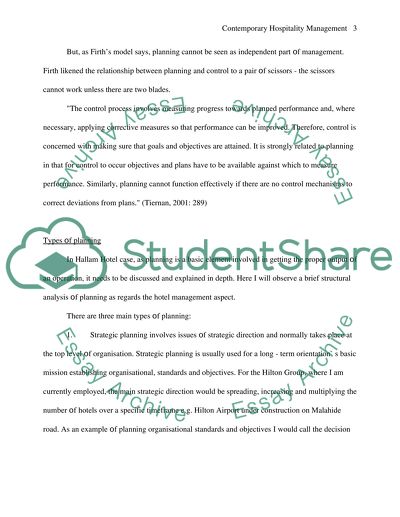Cite this document
(“Contemporary hospitality managment Essay Example | Topics and Well Written Essays - 2000 words”, n.d.)
Contemporary hospitality managment Essay Example | Topics and Well Written Essays - 2000 words. Retrieved from https://studentshare.org/miscellaneous/1519988-contemporary-hospitality-managment
Contemporary hospitality managment Essay Example | Topics and Well Written Essays - 2000 words. Retrieved from https://studentshare.org/miscellaneous/1519988-contemporary-hospitality-managment
(Contemporary Hospitality Managment Essay Example | Topics and Well Written Essays - 2000 Words)
Contemporary Hospitality Managment Essay Example | Topics and Well Written Essays - 2000 Words. https://studentshare.org/miscellaneous/1519988-contemporary-hospitality-managment.
Contemporary Hospitality Managment Essay Example | Topics and Well Written Essays - 2000 Words. https://studentshare.org/miscellaneous/1519988-contemporary-hospitality-managment.
“Contemporary Hospitality Managment Essay Example | Topics and Well Written Essays - 2000 Words”, n.d. https://studentshare.org/miscellaneous/1519988-contemporary-hospitality-managment.


